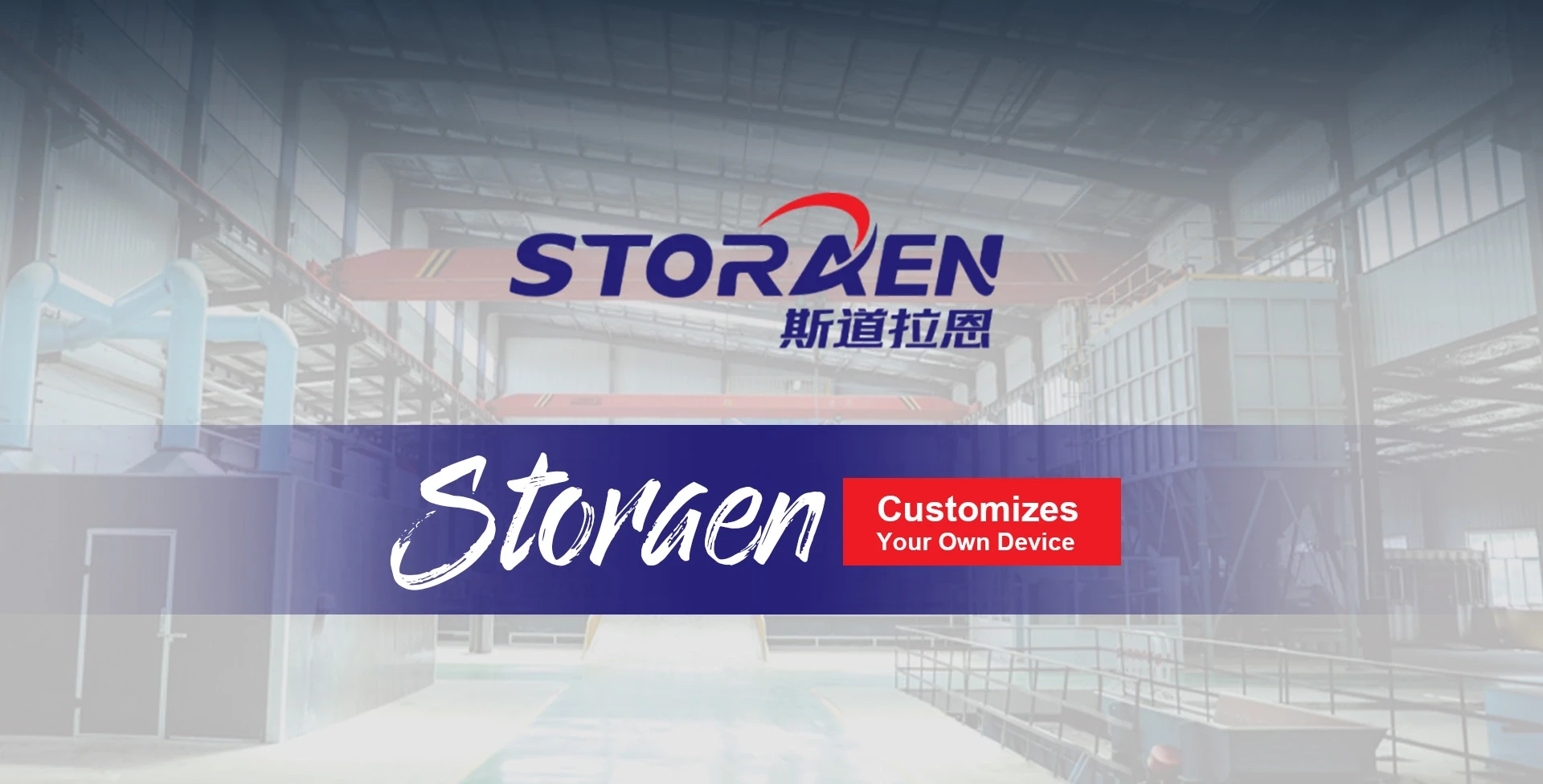снеж . 22, 2024 14:00 Back to list
thread gauges
Understanding Thread Gauges A Comprehensive Overview
Thread gauges are essential tools in manufacturing and engineering that ensure the quality and precision of threaded components. They play a crucial role in various industries, including automotive, aerospace, and construction. This article will delve into what thread gauges are, their types, application areas, and best practices for their use.
What are Thread Gauges?
Thread gauges are measuring devices designed to check the dimensions and tolerances of threaded parts. They help determine whether the threads meet specified standards, which is vital for ensuring the proper fit and function of components that rely on threaded connections. A thread gauge can verify not only the pitch and diameter of the thread but also its form and quality.
Types of Thread Gauges
There are several types of thread gauges, each serving a specific purpose
1. Go/No-Go Gauges These are the most common types used to check whether a threaded part falls within acceptable limits. The Go gauge should fit onto the thread, confirming it meets the minimum specifications, while the No-Go gauge should not fit, ensuring the maximum tolerances are not exceeded.
2. Thread Plug Gauges These cylindrical gauges are used primarily to measure the internal threads of a component. The plug aspect allows for easy insertion, letting manufacturers check internal threading without dismantling assemblies.
3. Thread Ring Gauges Opposite to plug gauges, thread ring gauges check external threads. They are used to ensure that shafts, bolts, and other cylindrical parts are produced to accurate specifications.
4. Pitch Diameter Gauges These gauges are used to measure the pitch diameter of threads, which is critical for determining the strength and load-bearing capacity of the threaded connection.
5. Thread Calipers Unlike the fixed Go/No-Go gauges, thread calipers allow for more flexible measurements, providing a digital readout for increased accuracy. They are valuable for custom and complex threading tasks.
thread gauges

Applications of Thread Gauges
Thread gauges are integral to numerous sectors. In the automotive industry, precision threaded components are crucial for safety and reliability; hence, inspections using thread gauges are routine. The aerospace industry also demands stringent adherence to specifications since even minor deviations can impact performance and safety.
Construction and machinery manufacturing employ thread gauges during the production and assembly processes. The effectiveness of bolts, nuts, and related hardware hinges on their threading, making thread gauges vital from the factory floor to installation sites.
Best Practices for Using Thread Gauges
1. Regular Calibration To ensure accuracy, thread gauges must be calibrated regularly. This is especially important in high-precision environments where tolerances are minimal.
2. Proper Handling Thread gauges should be handled with care to avoid damage. Dropping or misusing them can lead to inaccurate readings, compromising the quality control process.
3. Understanding Specifications Users must have a thorough understanding of the specific thread standards they are measuring against, such as ANSI, ISO, or ASME standards.
4. Routine Inspection Regularly inspect both the gauges and the threaded parts to identify wear and ensure continued accuracy over time.
5. Training Personnel using thread gauges should be well-trained in their application and the importance of precision in threaded components.
In conclusion, thread gauges are indispensable tools that uphold the integrity and quality of threaded components across various industries. Understanding their types, applications, and best practices enhances manufacturing efficiency and product reliability, ultimately translating into better performance and safety in engineered products. Whether you are a seasoned engineer or a newcomer to the field, mastering the use of thread gauges is a critical step toward achieving excellence in thread manufacturing and inspection.
-
Water Valve Gate Design Prevents Leakage and CorrosionNewsJul.11,2025
-
Steel Fab Table Features Reinforced Construction for LongevityNewsJul.11,2025
-
Specialized Valve Designs for High Pressure SystemsNewsJul.11,2025
-
Machinist Gauge Pins Feature Ground and Lapped FinishesNewsJul.11,2025
-
Hose Check Valve Prevents Backflow in Irrigation LinesNewsJul.11,2025
-
Durable Micrometer Tools Withstand Heavy Workshop UseNewsJul.11,2025
Related PRODUCTS









